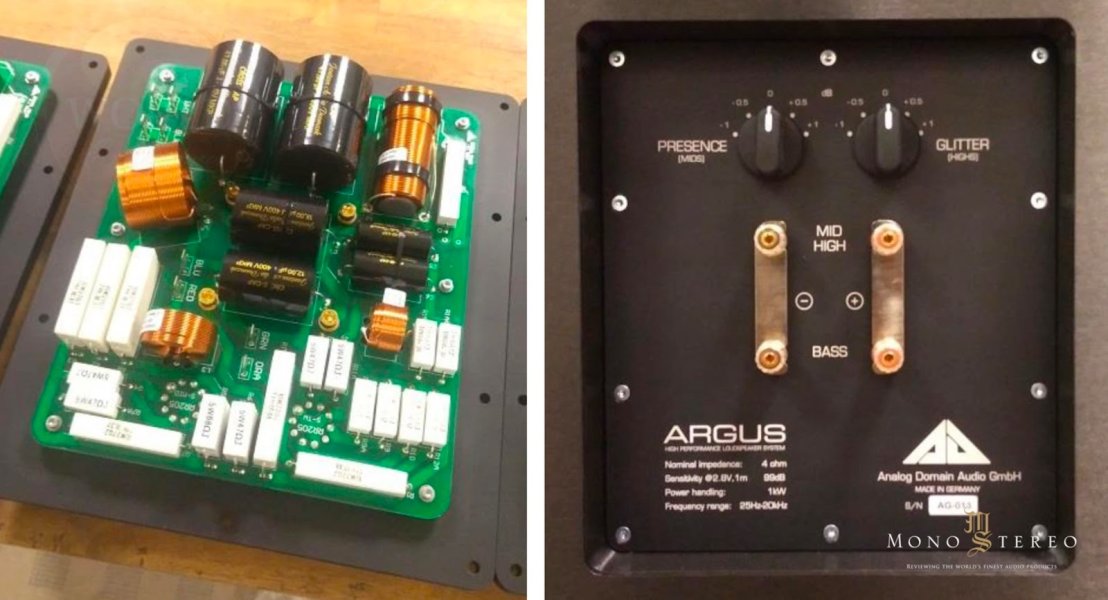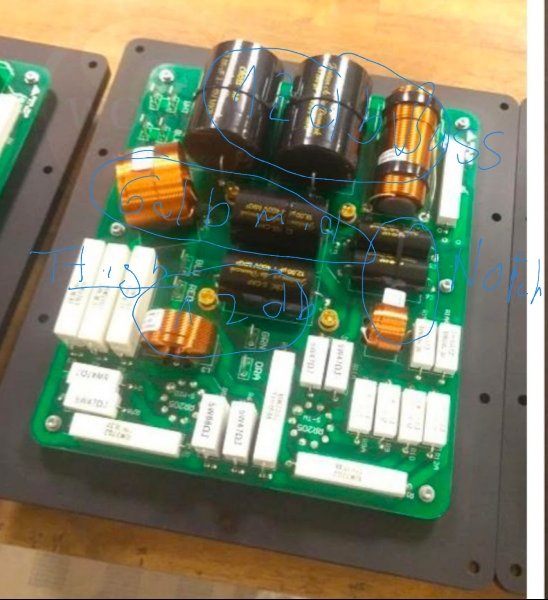Why are you always going so far off topic? The discussion was about Grandinote Mach 8XL bass vs. WA Sasha bass. Why do you put up a DIY speaker?? For whom is this information for? Not for me surely and also not for the OP. Maybe to stay on topic, you should comment on how Grandinote is getting deep bass from 8 x 6.5 inch drivers. It is some kind of hybrid between a transmission line and a reflex but it is not quite either. Perhaps comment on the fact that the Stereophile measurement is down like 10dB or more at 20Hz, despite the port being tuned at around 27Hz. All speakers benefit from room gain, not just Wilsons.Well, you shouldn't expect miracles from an 8" woofer. fs ~ 40Hz is perfectly fine. With a clever housing and bass reflex calculations, you can even get ~27Hz. Whether it makes sense to operate well below fs of driver is something everyone has to decide for themselves. On the other hand, how often do you hear 27Hz and lower tones in music?
P.S
I would listen to the Argus speaker; it's in a different league when it comes to drivers, and the sensitivity is significantly higher.View attachment 161015
Grandinote Mach 8 XL vs Mach 9 speakers
- Thread starter abeidrov
- Start date
Similar threads
| Steve Williams Site Founder | Site Owner | Administrator | Ron Resnick Site Owner | Administrator | Julian (The Fixer) Website Build | Marketing Managersing |


















